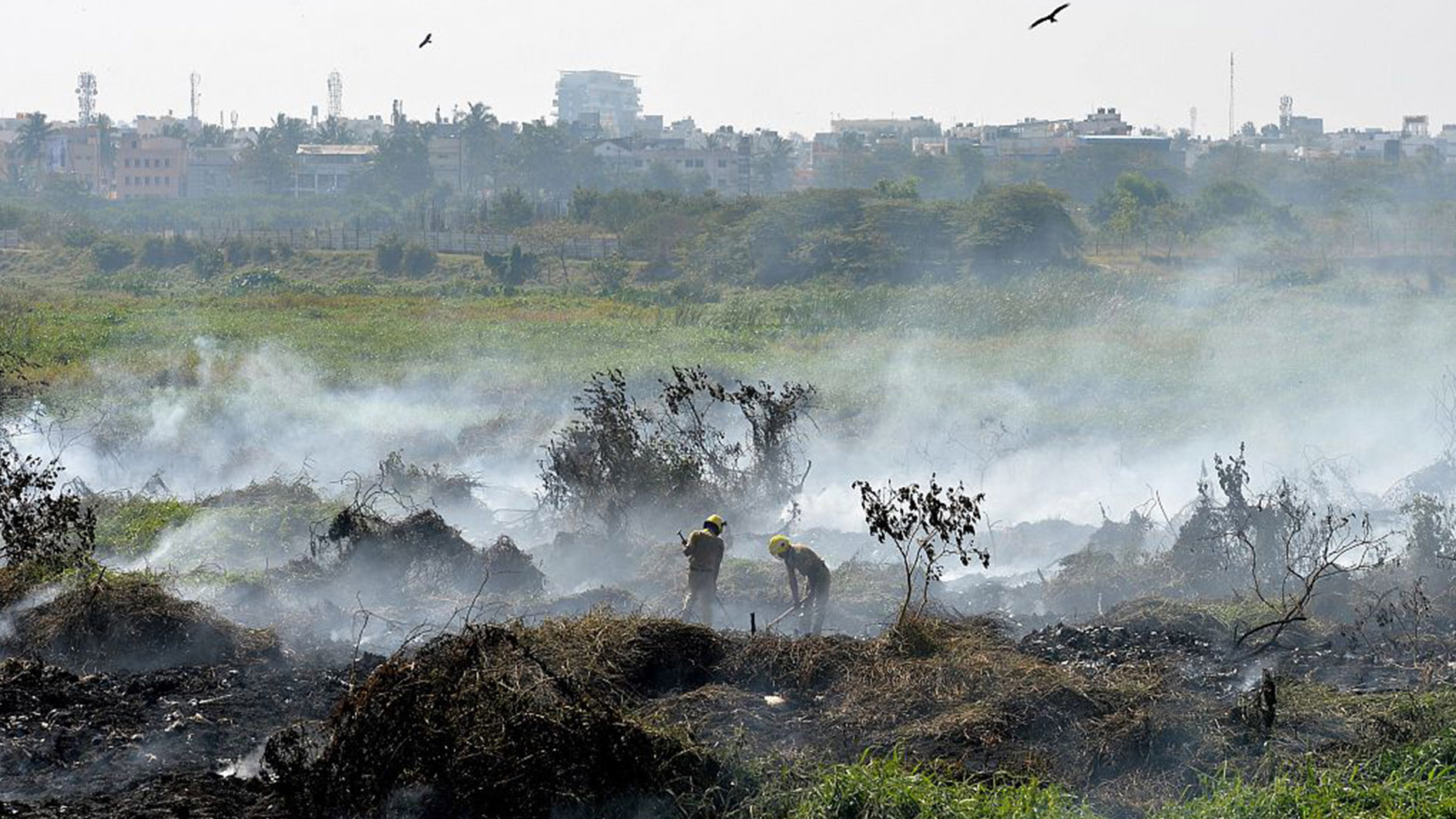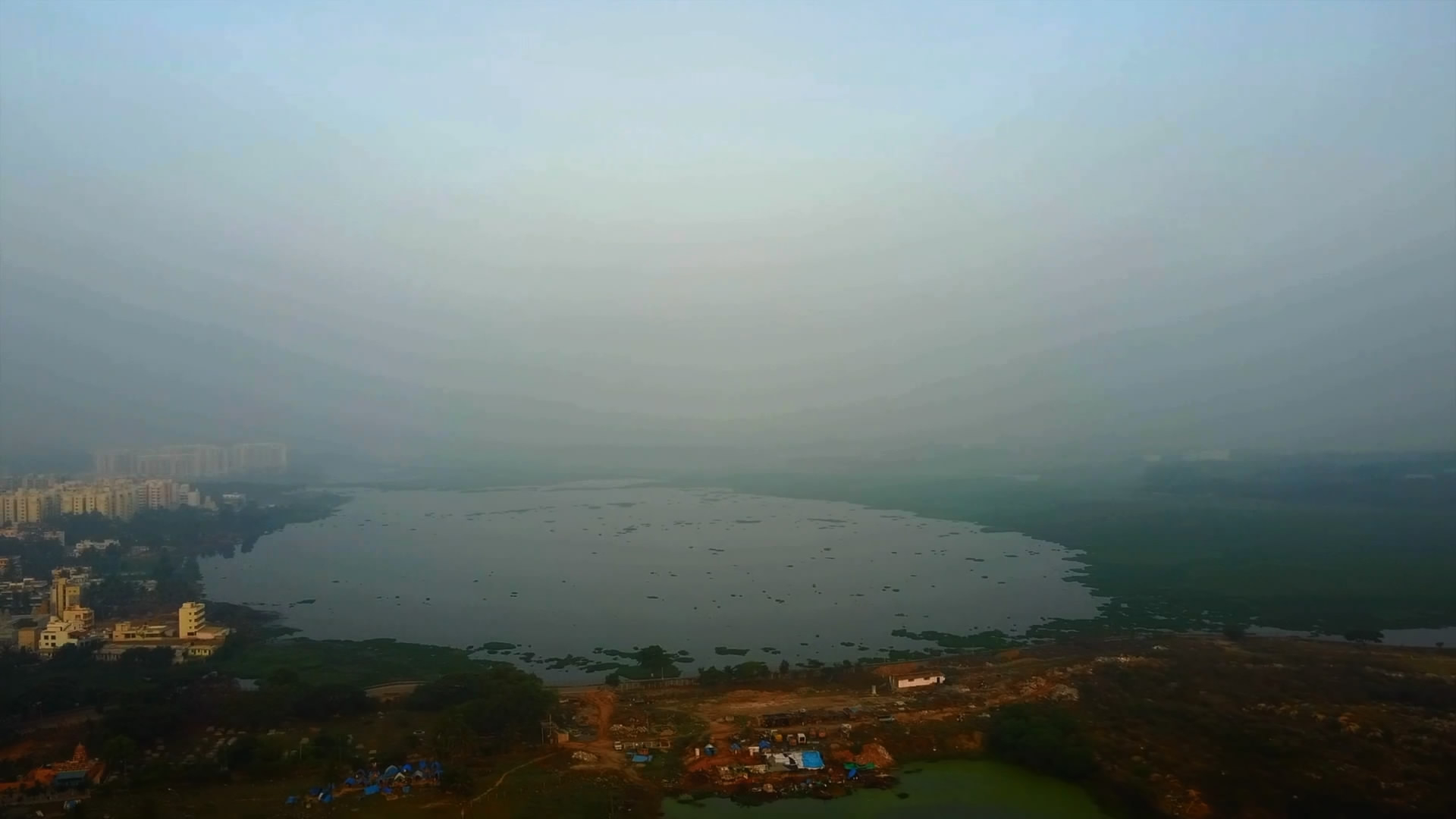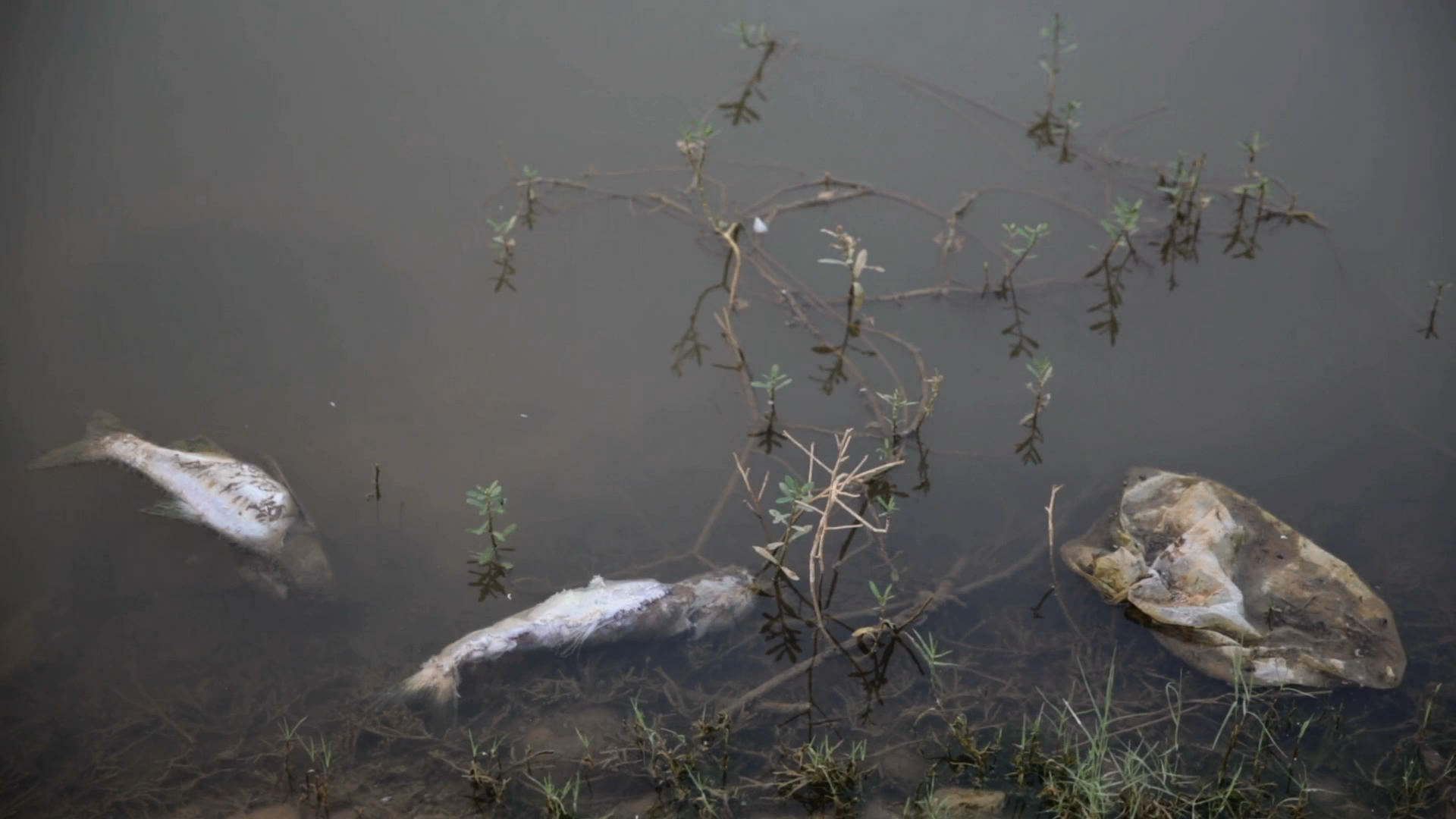
Asia Pacific
16:14, 27-Feb-2019
India's Bellandur Lake: A recipe for disaster
Jyothy Karat
10:23

According to the UN Environment Program, degradation of the world's natural resources is rapidly outpacing the planet's ability to absorb the damage.
The destruction is either permanent and irreversible, or extremely costly to tackle and restore.
One such casualty is Bellandur Lake, one of the largest lakes in India's Bengaluru, which is drying up and catching fire.
Located in one of Bengaluru's many suburbs, Bellandur has undergone heavy urbanization over the past two decades.

Bellandur Lake in Bengaluru, Karnataka, India. / CGTN Photo
Bellandur Lake in Bengaluru, Karnataka, India. / CGTN Photo
Farms and wetlands have largely been replaced by housing complexes and commercial buildings.
With many of these buildings choking the banks of Bellandur Lake, some 40 percent of the city's untreated sewage has managed to seep into the waters.
It's a perfect recipe for disaster.
Speaking to Assignment Asia, Dr. T. V. Ramachandra, a scientist from the Indian Institute of Science, noted that phosphorous causes the stinking froth that Bellandur Lake is now infamous for.

Dead fish in Bellandur Lake, Bengaluru, Karnataka, India. / CGTN Photo
Dead fish in Bellandur Lake, Bengaluru, Karnataka, India. / CGTN Photo
Dr. Ramachandra added: "Methane gets generated in the lake mainly because of the untreated sewage and industrial effluent. I would say this is an irresponsible and unaccepted urbanization. We should immediately intervene and decongest the city."
The frequent lake fires have exposed Bangalore's water management problems: a toxic mix of water pollution and shortage
Despite covering an area of about 900 acres, Bellandur Lake's water cannot be used as drinking water by residents.
The water toxicity is so high that it cannot even be used for agricultural purposes.

SITEMAP
Copyright © 2018 CGTN. Beijing ICP prepared NO.16065310-3
Copyright © 2018 CGTN. Beijing ICP prepared NO.16065310-3